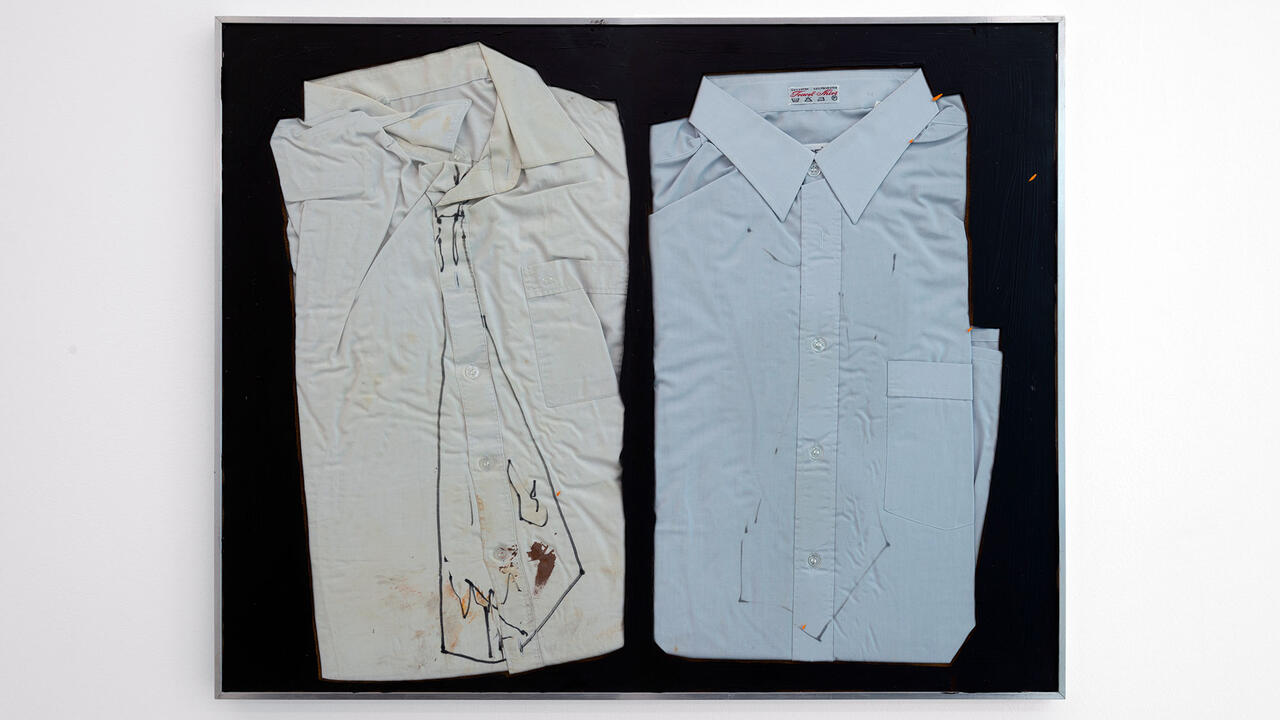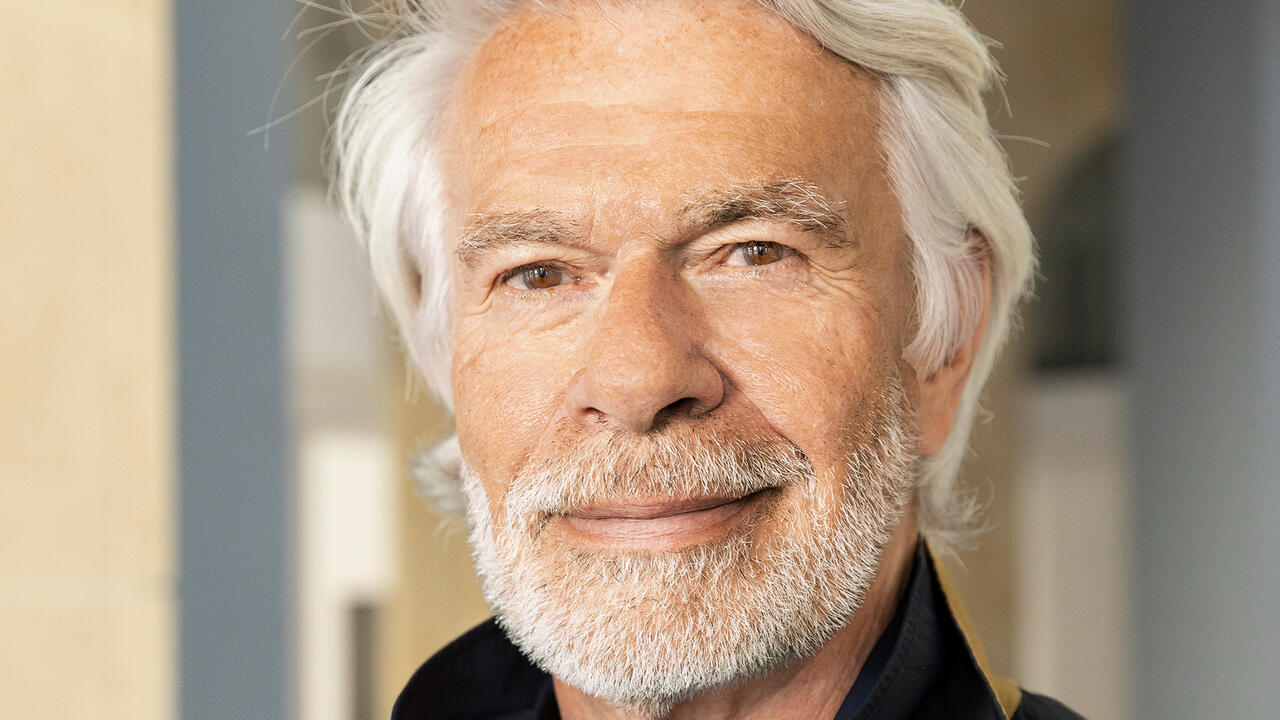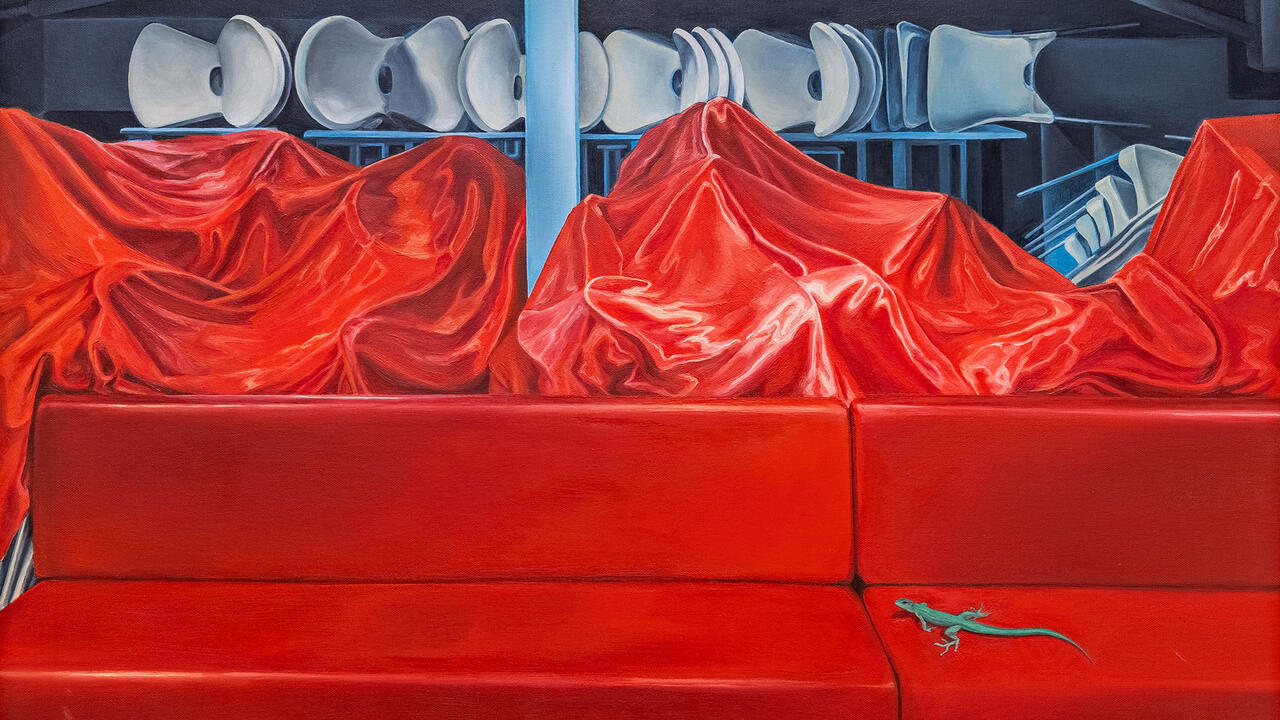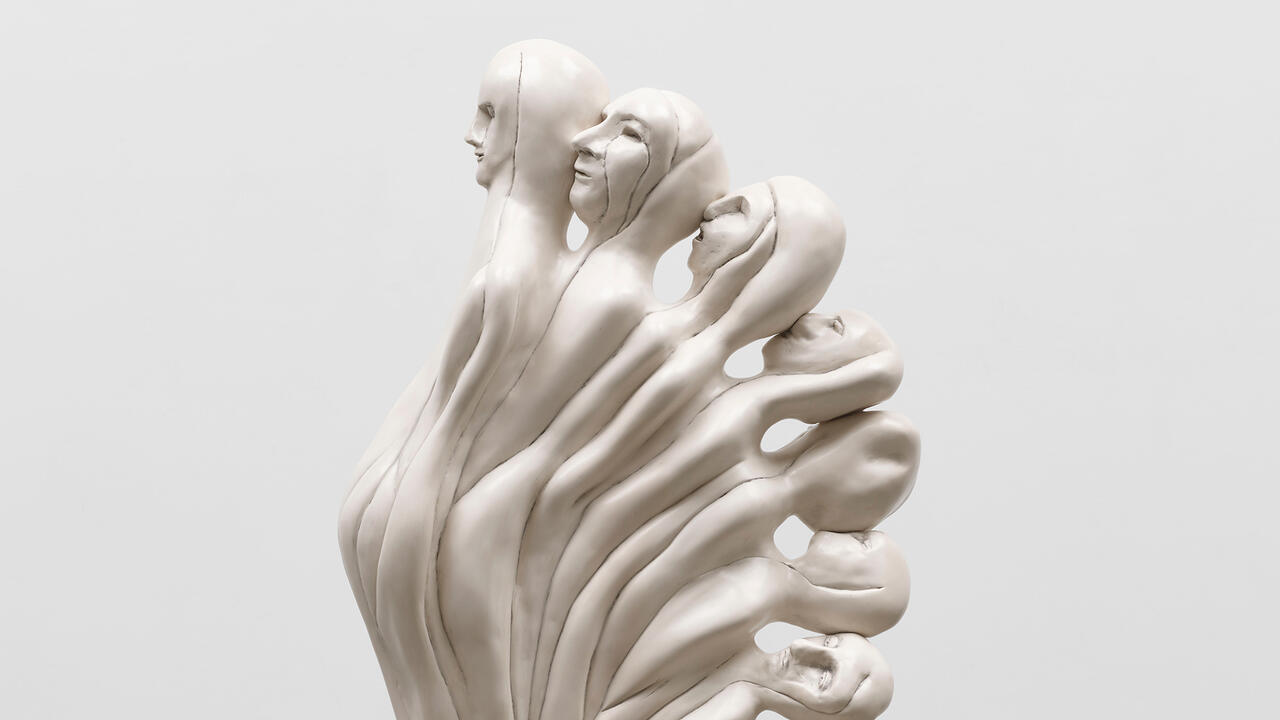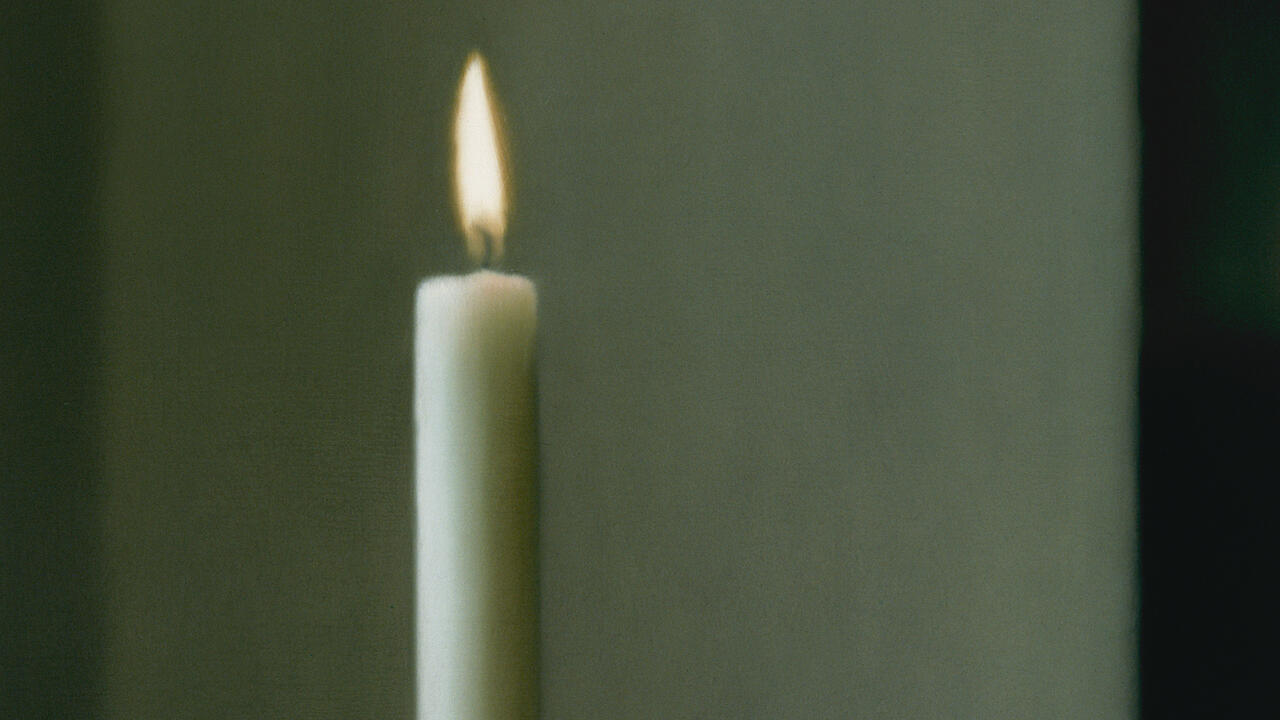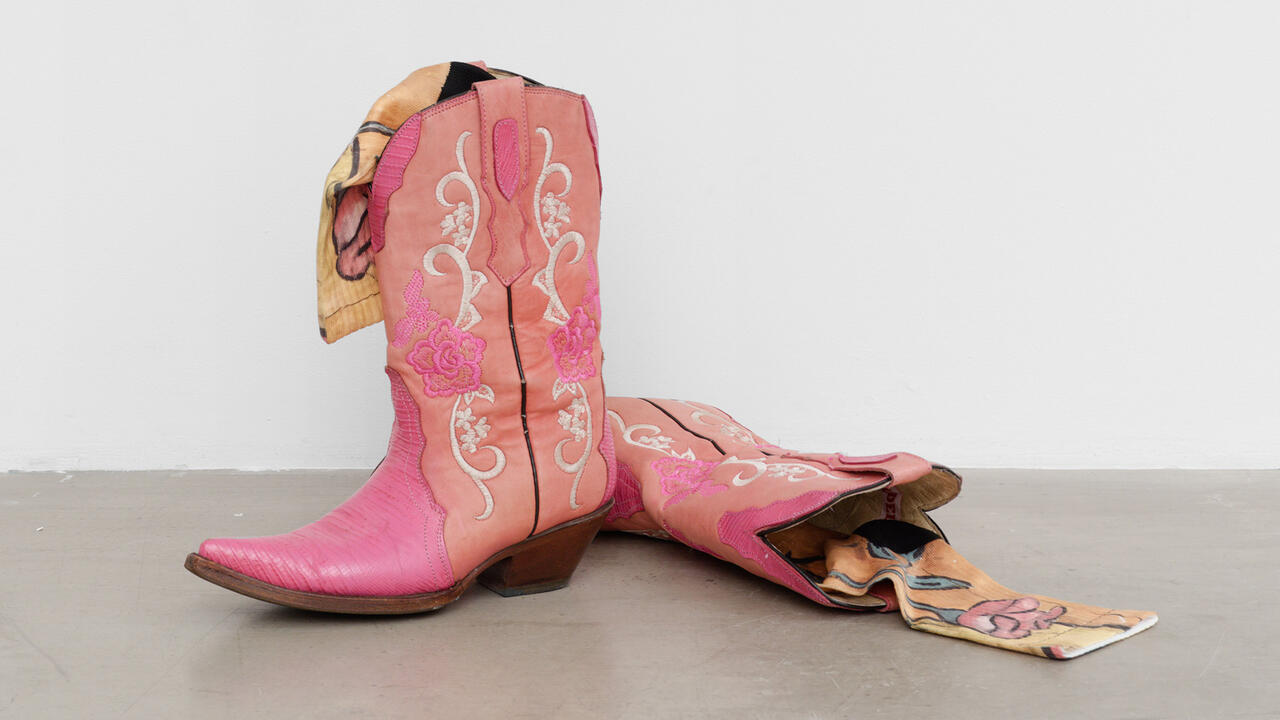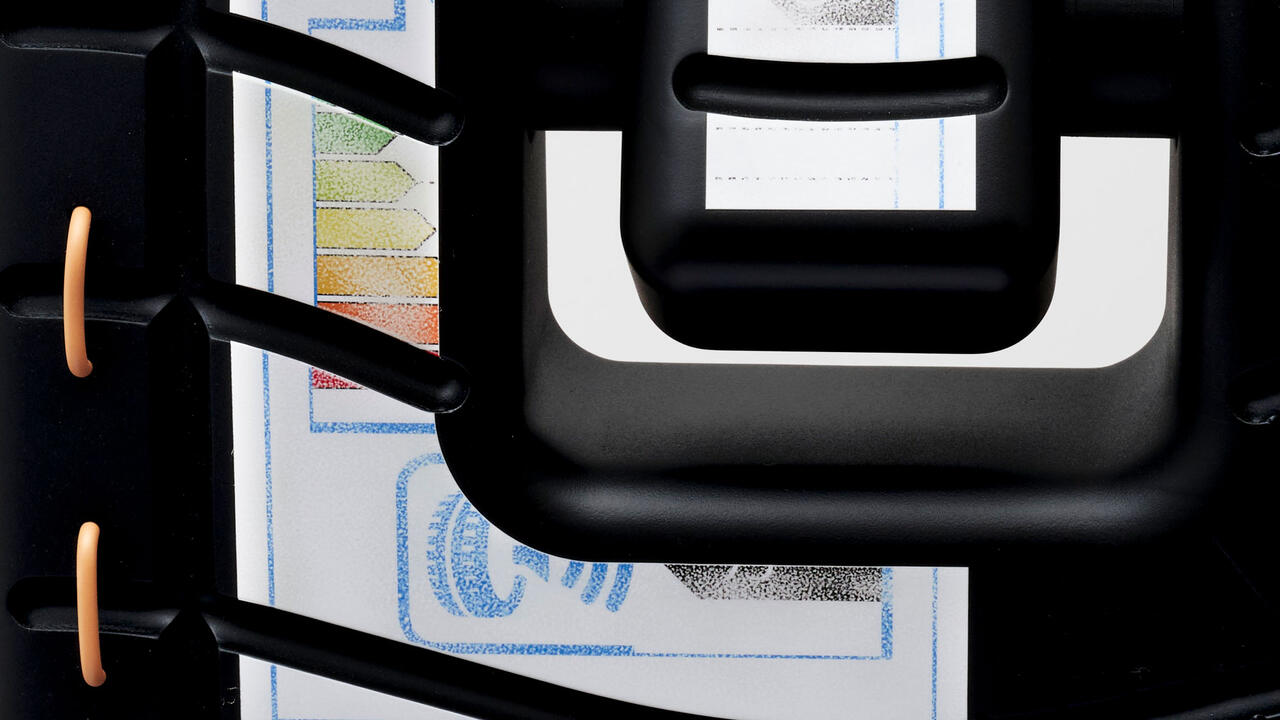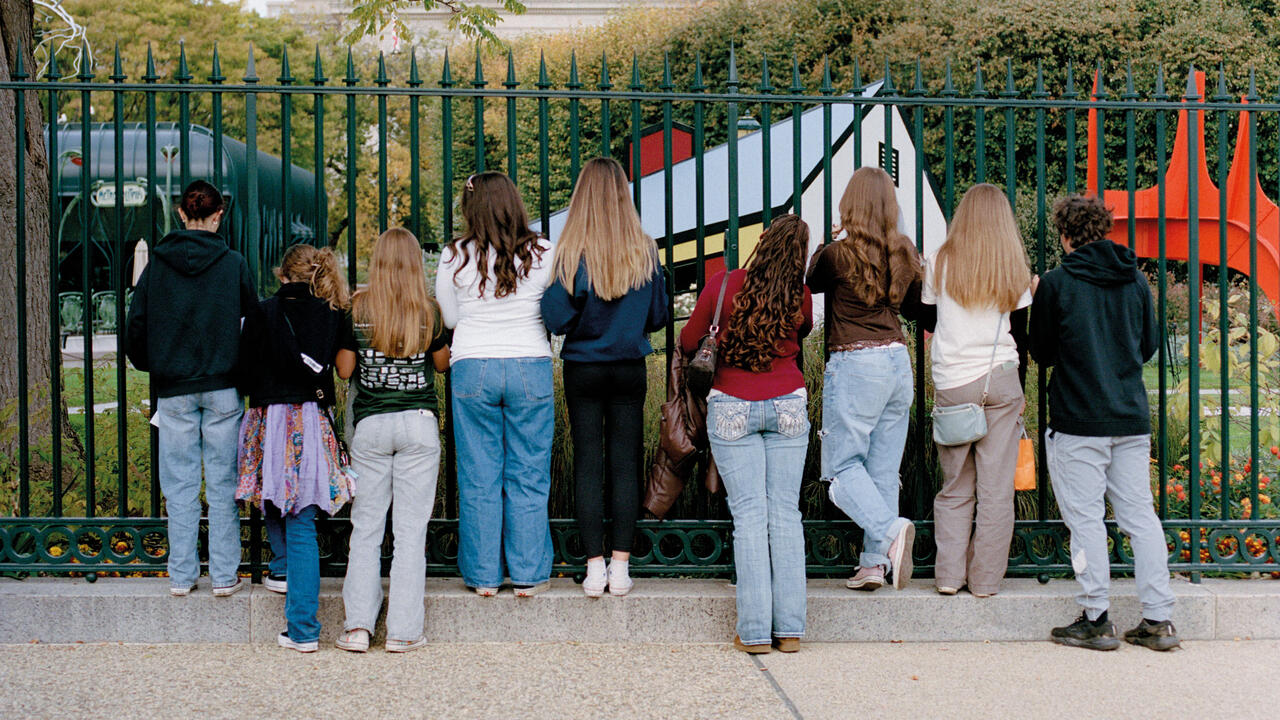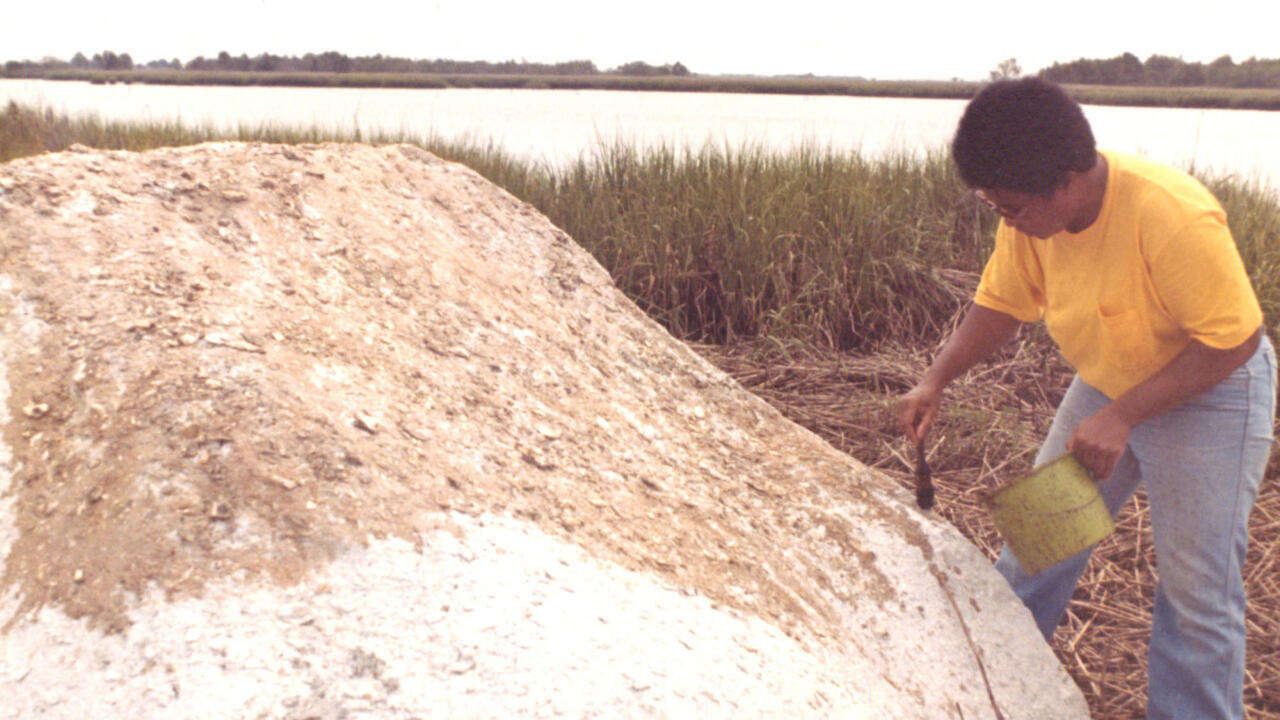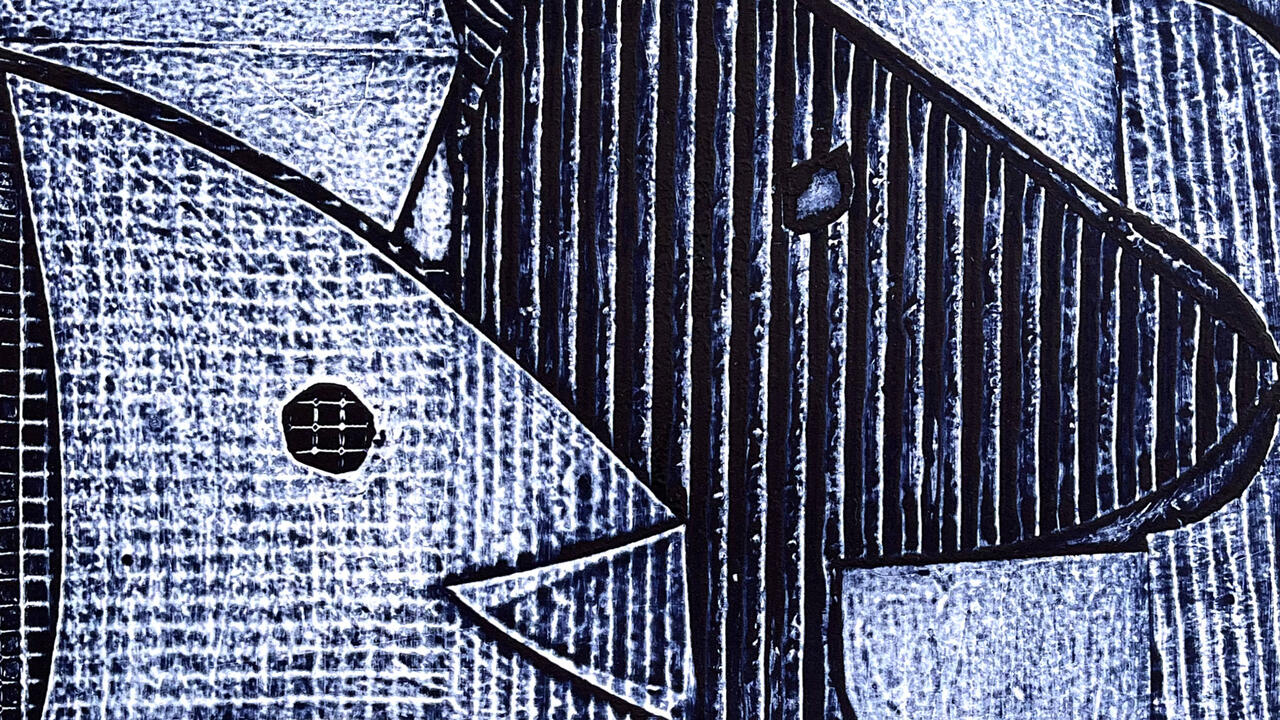Looking Back 2017: Paris
At once stagnant and dynamic, politically tense and blissfully buoyant, the French capital was a strange place to be living this year
At once stagnant and dynamic, politically tense and blissfully buoyant, the French capital was a strange place to be living this year

Paris was a strange place to be living in 2017: at once stagnant and dynamic, politically tense and blissfully buoyant. The state of emergency, in place since the terrorist attacks of 2015, was both easy to forget and impossible. If Marine Le Pen raised fears that France would fall for fascism, Emmanuel Macron’s eventual victory at least provided a stay of execution.
Such complexities provided fertile ground for art of a politically charged nature. The artist Kader Attia’s new venue, La Colonie, opened at the tail-end of 2016 with the desire, he told me, ‘to repair the fragmentation of society and to be part of the real’. Existing in opposition to what Attia describes as ‘the activists of the vernissage’, La Colonie hosted vital discussions, symposia, and other events throughout 2017. The African art book fair in October was a particular highlight.
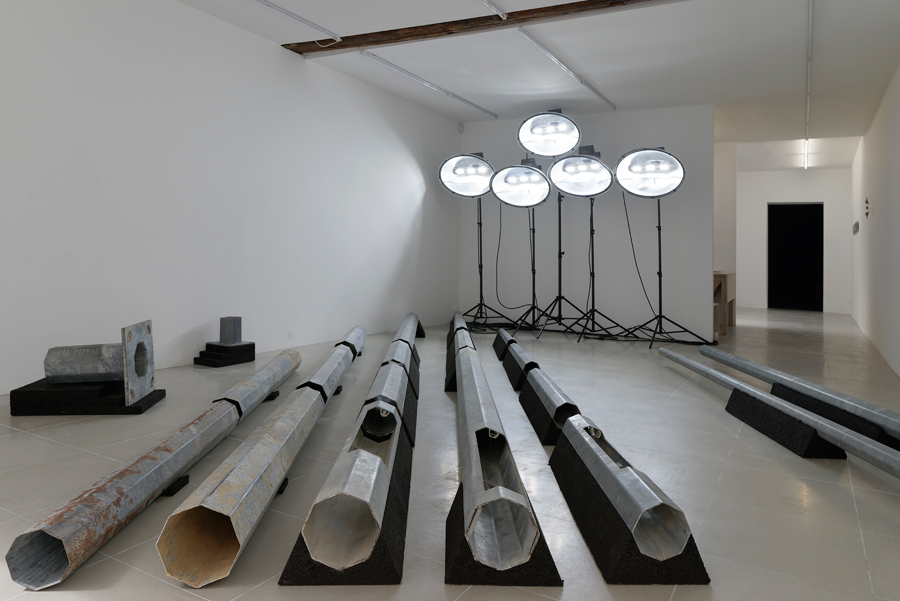
But the finest political work of the year was by Haig Aivazian. His summer solo show, ‘440 sunsets per 24 hours’, at Kadist culminated with a performance-lecture, World/Anti World: On Seeing Double, that took as its starting point the three explosions outside Stade de France during a football match in 2015 and branched out to encompass three states of emergency or exception: the beginnings of war in Algeria in 1955; the Paris banlieues during the riots of 2005; and the war against Isis in 2015. ‘Colony’, ‘ghetto’, ‘distant warzone’: Aivazian’s contention (following Giorgio Agamben) is that such states are not in fact exceptional, but the structural conditions upon which democracy rests.
Yet Aivazian’s lecture was not a polemic, nor an academic thesis; it threaded together a wide range of apparently disparate subjects – the history of public lighting in Paris, Nike football adverts, Israeli military technology, a Rihanna concert – to form a complex interweaving of ideas and histories. In centring all of these on the stadium and its surroundings, Aivazian suggests that places too are woven from multiple threads. To tease them apart takes time and care.

Artists were not the only cultural workers engaging with politics. At the annual Communicating the Museum conference, which took place across three sweltering days in June, the focus was on education as a central component in the social mission of the contemporary museum. Inspiring projects with children and refugees demonstrated the ability of cultural institutions to shape the world for the better, at least in a small way.
More subtly political were several excellent shows in the Marais, the gallery epicentre of Paris. Galerie Karsten Greve had an especially strong year with exhibitions of lesser-known (and instructively less successful) still-lifes by Giorgio Morandi, time-worn paintings by Lawrence Carroll, ecologically urgent sculptures and drawings by Claire Morgan, and the rhythmically broken lines of pencil, crayon or horsehair by Pierrette Bloch, whose death in July was a true loss.

Nearby, An-My Lê’s landscape photography at Marian Goodman and Tarek Atoui’s sound works at Chantal Crousel both shone. So, too, did the exhibition ‘Animer Le Paysage’ (Animate the Landscape) at Musée de la Chasse et la Nature, the highlight of which was Sonia Levy and Alexandra Arènes’ collaborative piece, Belval Kakosmos (2017): a four-screen installation stemming from research in the Ardennes forest that attempts to introduce life (both human and non-human) into the traditionally inert purview of cartography.

Further north, at Galerie Allen, freelance curator Arlène Berceliot Courtin conceived ‘Casa Miller’: a group show that was both erudite and sexy, at once reticent and revealing in its satin-wrapped promises. The exhibition’s starting point was a vintage erotic photograph by Carlo Mollino, a modernist architect who, it was discovered after his death, produced hundreds of such images in an apartment designed solely for that purpose. Works by five contemporary artists (Laëtitia Badaut Haussmann, Florian Bézu, Edith Dekyndt, Marie Lund, Céline Vaché-Olivieri) touched on ideas of desire, objectification, and the soft dark drapery that curtains the private from the public.

Meanwhile, several of the best museum shows were unashamedly intellectual. In Paris, ‘Dioramas’ at Palais de Tokyo was winningly weird while ‘Jardins’ (Gardens) at Grand Palais dived headlong into histories of art, design and human categorisation of nature. (Highlights included the herbaria of Paul Klee and Jean-Jacques Rousseau and gorgeous photographic works by Anna Atkins and Paul Dobe.) Outside the capital, ‘Après Babel, Traduire’ (After Babel, Translate) at Mucem, Marseilles was a fascinating, if flawed, exploration of the politics of translation, curated by philosopher Barbara Cassin, whose text-heavy approach was rendered topical by concurrent fears over the future of Europe. The excellent accompanying catalogue was probably a more successful articulation of Cassin’s ideas than the exhibition itself.

A little less academic, but no less rigorous, was ‘4,543 milliards’ (4,543 billion), curated by the Barcelona-based Latitudes (co-founded by frieze contributing editor Max Andrews) at CAPC, Bordeaux. Subtitled ‘The matter of matter’, the exhibition provided a material, geological and political response to the building’s former life as a warehouse for colonial commodities and, by extension, the complex entanglement of culture, money, politics and ecological impact. Marble from Trump Tower (Amie Siegel’s Strata, 2017) was exhibited alongside partially-burnt documents rescued from fire at the Bordeaux municipal archives and a 1939 mock invitation to the ‘Museum of Standard Oil’, actually MoMA’s new building, issued by then-publications director, Frances Collins (unsurprisingly fired soon after). Combining archival materials with work by 30 artists, big ideas with specificity and nuance, this was exactly the kind of exhibition I would want to return to again and again. If selection of the next artistic director the Venice Biennale were a democratic process, I’d be voting for Latitudes.
Main image: Nicholas Mangan, Ancient Lights (detail), 2015, two-screen installation, solar panels, batteries, projectors powered by solar energy, dimensions variable, included in ‘4,543 milliards’, 2017, CAPC, Bordeaux. Courtesy: the artist, Sutton Gallery, Melbourne, Hopkinson Mossman, Auckland and Labor, Mexico








